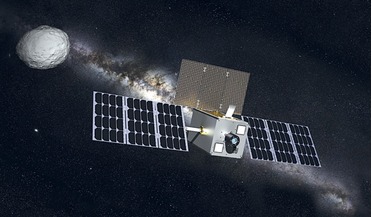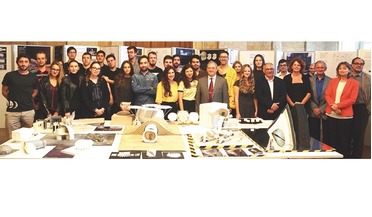 July 2018
The rise of interplanetary CubeSats
July 2018
The rise of interplanetary CubeSats
...NASA Ames, will be evaluating the effects of deep space radiation on cells and bio-matter. Omotenashi, the Japanese-led ...challenges in the Jupiter system include the high-ionizing radiation due to Jupiter’s strong magnetic field, temperatures reaching...
 June 2019
Does the speed of light change with time?
June 2019
Does the speed of light change with time?
... that fills all of space. It is an important source of data on the early universe because it is the oldest known electromagnetic radiation in the cosmos. Large parts of the CMB are at nearly the same temperature, indicating that distant parts...
 August 2019
Architectural challenges of a Moon village
August 2019
Architectural challenges of a Moon village
...under a dome to protect the crew in training from radiation and meteorites. The campus consists of training and workshop ...One part of the food laboratory is less protected to test radiation conditions on growing plants. The food lab is located at ...
 January 2021
Medical professionals and long-duration spaceflight
January 2021
Medical professionals and long-duration spaceflight
... diagnostics and prediction of disease progression treatment and rehabilitation of those becoming ill monitoring living space and radiation conditions communication with ground-based medical experts. Given the extreme autonomy of a deep space mission...
 September 2023
The Institute of Biomedical Problems - Sixty years of contributing to the development of space biomedicine
September 2023
The Institute of Biomedical Problems - Sixty years of contributing to the development of space biomedicine
.... Staff have made a great contribution to the development of scientific and methodological basis for space flight radiation safety. Based on the results of fundamental and applied research, IBMP experts - in collaboration with related institutions...
 April 2025
Strapped for success - from racetrack to orbit
April 2025
Strapped for success - from racetrack to orbit
... into deep space, these systems will need to evolve to address new challenges, including prolonged exposure to radiation and the physiological impacts of extended microgravity. By leveraging its core competencies in material science and ergonomic...